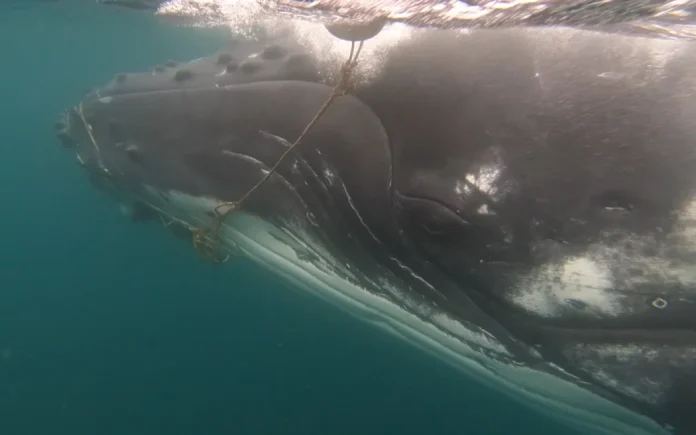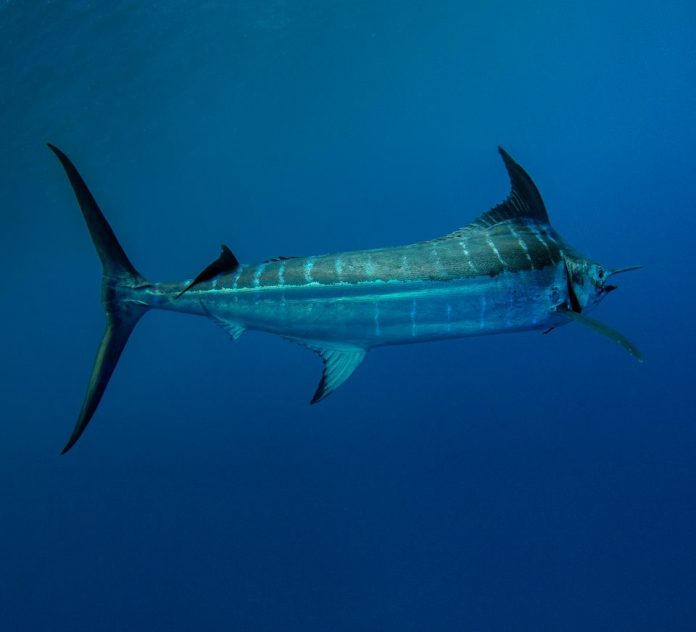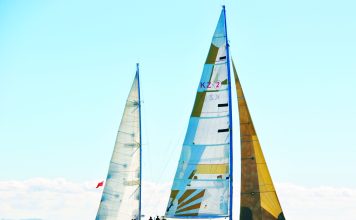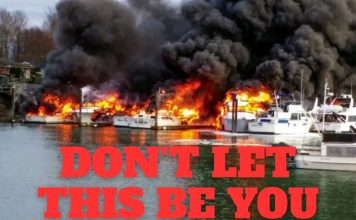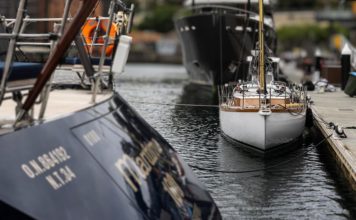Across New Zealand, the sea is never far. Whether it’s a harbour, estuary, or open coast, it’s part of our lives — for fishing, boating, diving, and gathering kai. For many communities, it’s also a source of income and identity. That’s why the growing push from the United Nations to protect 30% of the ocean by 2030 – the “30×30” target – raises an urgent question: is top-down marine protection compatible with how New Zealanders live, work, and care for the sea?
At face value, protecting marine environments sounds like common sense. But how that protection is designed, enforced, and funded matters. If it ignores the role local communities, hapū and councils already play, it risks undermining some of the most effective guardianship models we have.
This week in Nice, France, the United Nations is having a conference ‘UN Ocean Conference 2025’ to push further with their desire for a global solution.

Emanuel Macron, president of France
Rodrigo Chaves Robles, president of Costa Rica
Antonio Guterres, UN Secretary-General
Philémon Yang, President of the 79th session of the UN General Assembly
Li Junhua, UN Under-Secretary-General for Economic and Social Affairs. Photo credit: Pool photo
Local protection already works
In New Zealand, marine protection isn’t new. It just hasn’t always come with a UN badge or a government press release. From rāhui imposed by iwi to seabed anchoring bans enforced by councils, there is a long history of locally driven, place-based marine care.

These efforts often succeed where national initiatives struggle. The rāhui at Waiheke Island, for example, led by Ngāti Pāoa, gained strong community backing and government recognition — protecting declining scallop populations while reinforcing local mana whenua.
Scientific research backs the impact of such approaches. A 2020 study in Biological Conservation found that marine areas co-managed by local communities and governments are often better respected and more biologically productive than no-take reserves imposed without local input.
One-size-fits-all doesn’t fit our coastline
The “30×30” goal is part of the UN Global Biodiversity Framework. It seeks to protect 30% of land and sea by 2030 through “highly or fully protected” areas. However, the framework does not account for regional variation in use, biodiversity or social impact.
New Zealand’s coastal environment is highly productive but also highly used. According to MPI, about 700,000 New Zealanders go recreational fishing every year. Add to that customary fishing, charter operators, marine tourism, and community boaties, and the stakes rise quickly.

Blanket protections – especially those that ban access or fishing altogether – could displace existing pressures rather than reduce them. A study published in Nature (Lester et al., 2018) found that partial or flexible marine protections, tailored to local use and enforced with community involvement, can deliver up to 80% of the biodiversity benefits of full closures.
The science is clear: context matters more than category.
Who decides what protection looks like?
The debate isn’t just ecological. It’s about decision-making.
Too often, international agreements filter down through central government without meaningful consultation. New Zealand has committed to the 30×30 target, but how that will be applied remains unclear — especially for regional and iwi-led efforts already underway.
Marine protection without community involvement risks not just backlash but failure. A 2022 review in Frontiers in Marine Science found that local participation is a critical predictor of success in marine conservation — both for ecological health and long-term compliance.

So, if iwi, councils, fishers and local conservation groups are already leading, why not make them central to the next stage of marine protection?
Time to reframe the model
The push to meet global protection targets is understandable — biodiversity loss is real, and marine ecosystems are under pressure. But in New Zealand, success won’t come from importing rigid systems. It will come from recognising that the people closest to the water often understand it best.

We need marine protection that empowers local leadership, strengthens iwi kaitiakitanga, and backs up what communities are already doing — with data, funding, and legal support.
Because in the end, it’s not about opposing protection. It’s about getting it right. And that means starting from the ground up, not from Geneva or New York.













